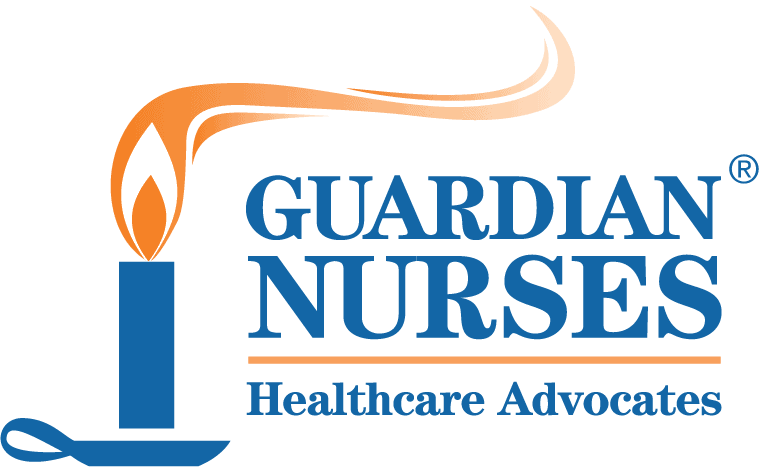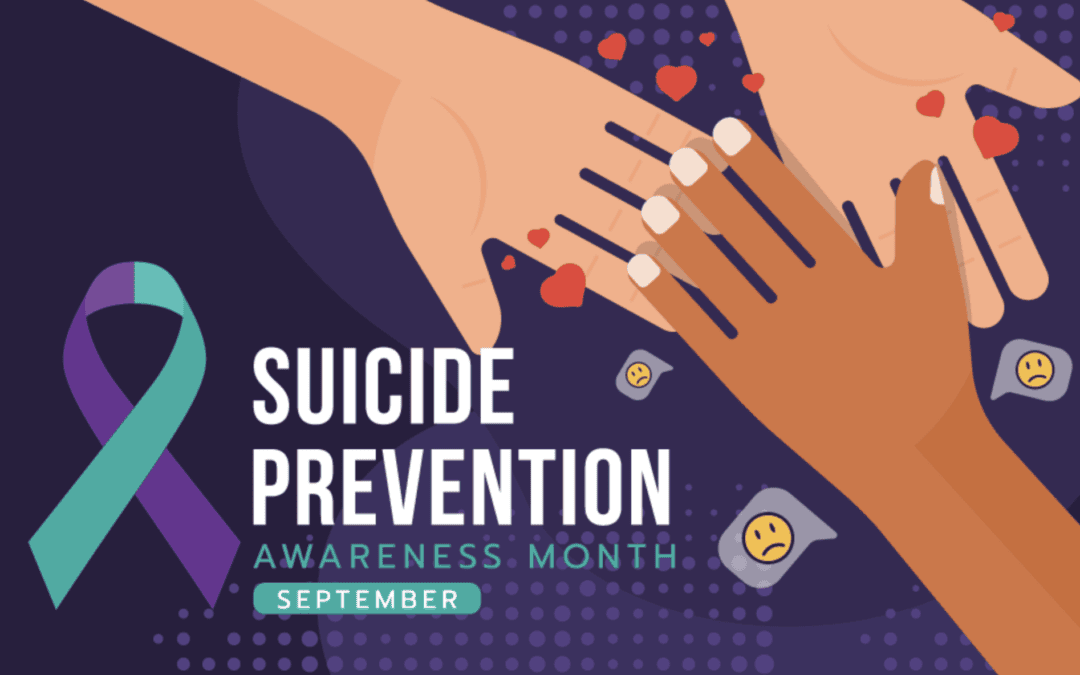As we observe Suicide Prevention Month, I am reminded of how essential it is to prioritize mental health and offer support to those who may be struggling.
Many years ago, a colleague died by suicide and her death still saddens me as well as another colleague who worked with her. What had we missed? Could we have stopped her from taking her own life?
Suicide impacts countless lives, yet many still face stigma and fear when seeking help. Together, we can break that silence by fostering open conversations, educating ourselves on the warning signs, and offering compassion to those in need.
Every one of us has the power to make a difference, whether through listening, sharing resources, or simply showing kindness.
This month’s issue of The Flame, recognizes September as Suicide Prevention Month.
— Betty Long, RN, MHA, President/CEO, Guardian Nurses Health Advocates
Understanding the Crisis
Suicide is a serious public health issue affecting millions worldwide. In the United States alone, it is one of the leading causes of death, with over 47,000 lives lost each year. Each statistic represents a person with a unique story, and every number underscores the urgent need for effective prevention strategies and compassionate support.
The Importance of Awareness
Raising awareness about suicide is crucial in combating the stigma often associated with mental health struggles. By openly discussing these issues, we not only validate the experiences of those who are suffering but also encourage individuals to seek help without fear of judgment. Awareness campaigns, educational programs, and community events play a vital role in disseminating information about mental health resources and support systems.
Spotting the Signs
Understanding the warning signs of suicidal ideation can be a lifesaving skill. Common indicators include:
- Persistent feelings of sadness or hopelessness
- Withdrawal from friends, family, and activities
- Significant changes in mood or behavior
- Expressions of wanting to die or self-harm
- Giving away possessions or making final arrangements
Recognizing these signs and approaching the person with empathy and support can make a profound difference. It is essential to create an environment where individuals feel safe discussing their feelings and seeking help.
Supporting Mental Health
Suicide prevention is not solely about crisis intervention but also involves ongoing mental health support. Building resilience and providing access to mental health resources are critical components of a comprehensive prevention strategy. Encourage conversations about mental well-being, promote self-care practices, and ensure that support systems are in place for those who need them.
Resources and Help
If you or someone you know is struggling, there are numerous resources available to provide immediate and long-term support:
- National Suicide Prevention Lifeline: 988 (24/7 crisis support)
- Crisis Text Line: Text “HELLO” to 741741 (confidential support)
- SAMHSA’s National Helpline: 1-800-662-HELP (substance abuse and mental health services)
Additionally, local mental health organizations, community centers, and healthcare providers can offer valuable resources and support.
Getting Involved
You can make a difference by participating in or organizing awareness events, fundraisers, and educational workshops. Volunteering for mental health organizations or advocating for mental health policies can also contribute to the broader effort of suicide prevention. Small actions can have a significant impact, and your involvement helps foster a supportive and informed community.
Suicide Prevention Month is a call to action for all of us. By educating ourselves, supporting those in need, and actively participating in awareness efforts, we can work together to create a world where mental health is prioritized and everyone has access to the help they need.
Remember, every conversation, every effort, and every act of kindness can be a beacon of hope for someone in distress.

